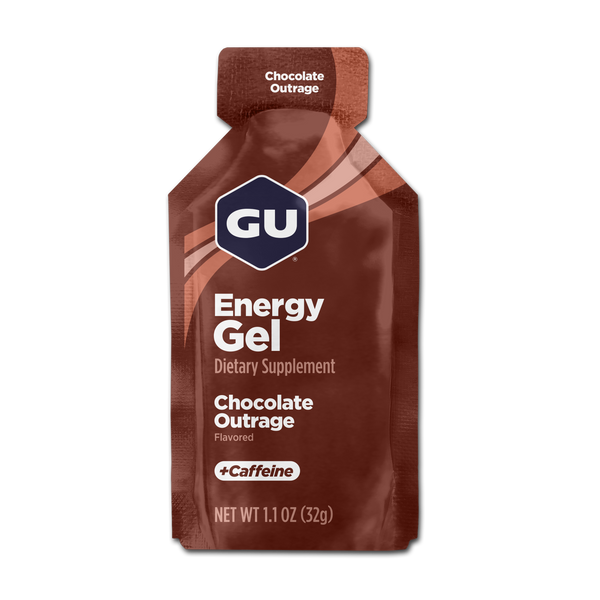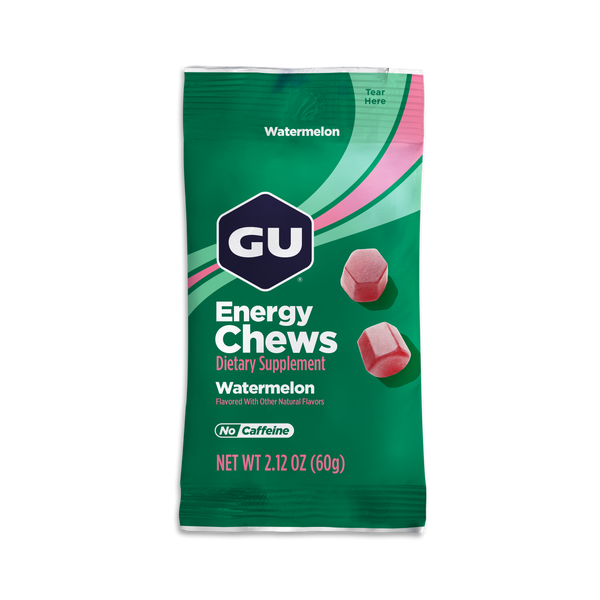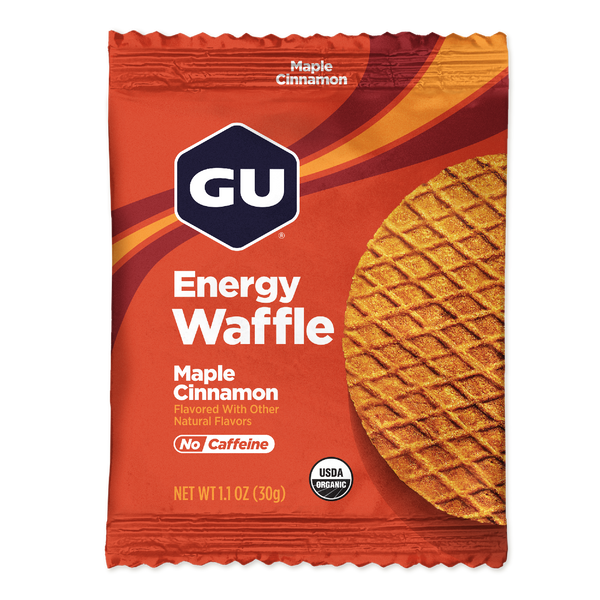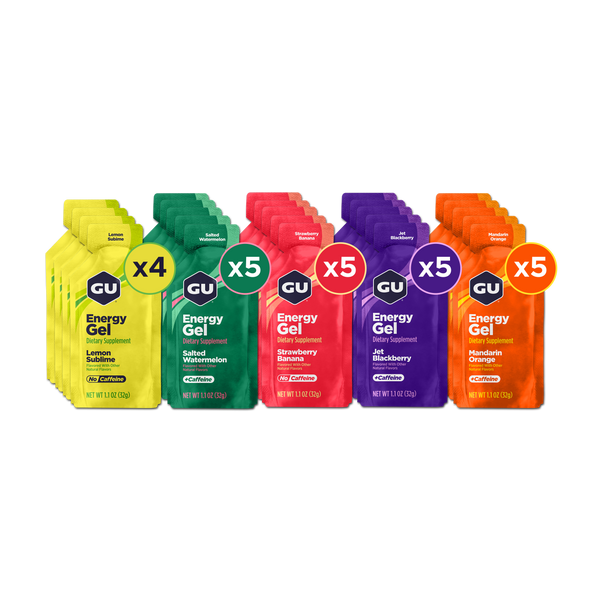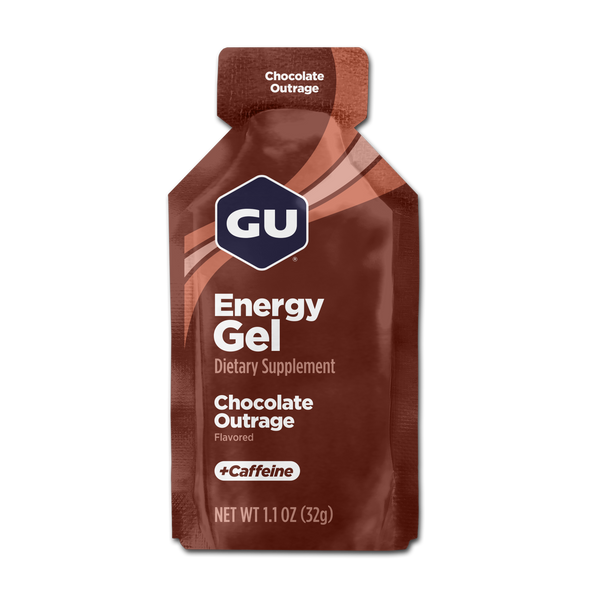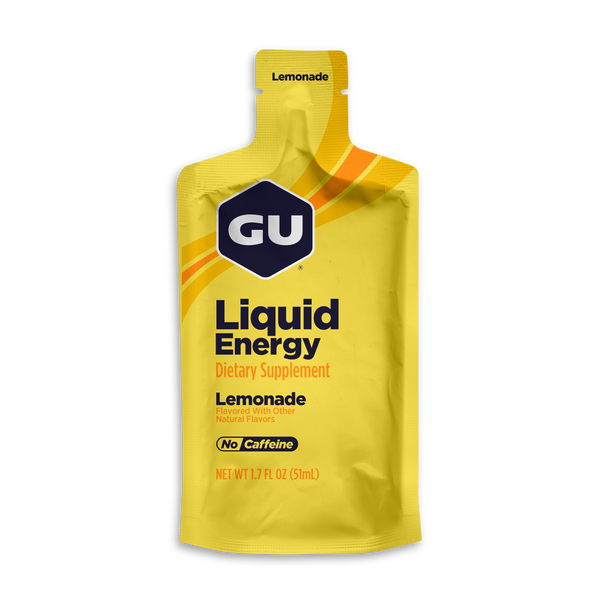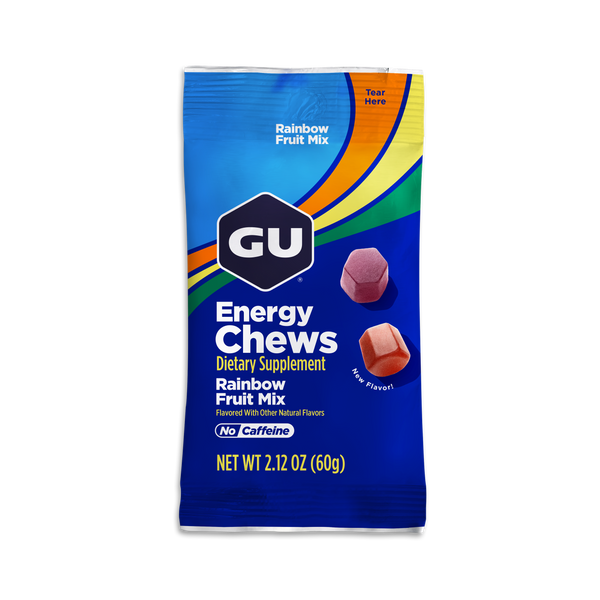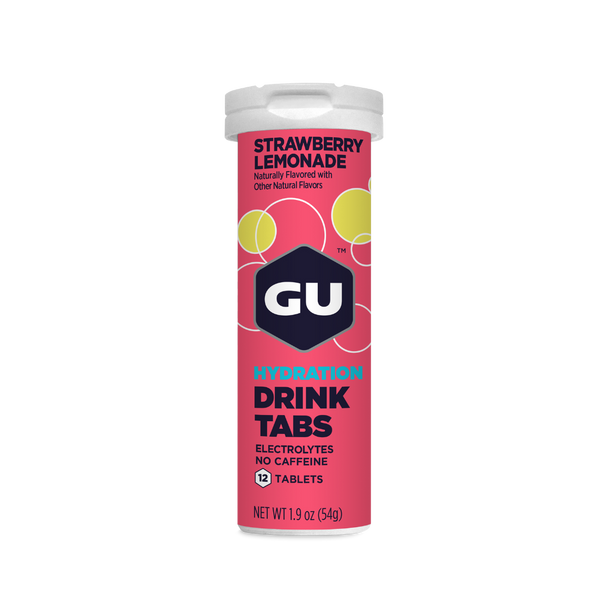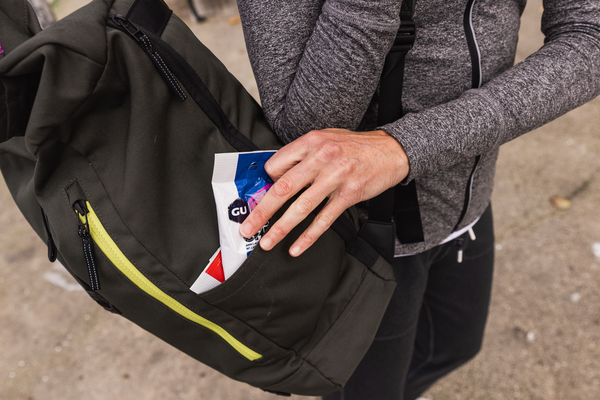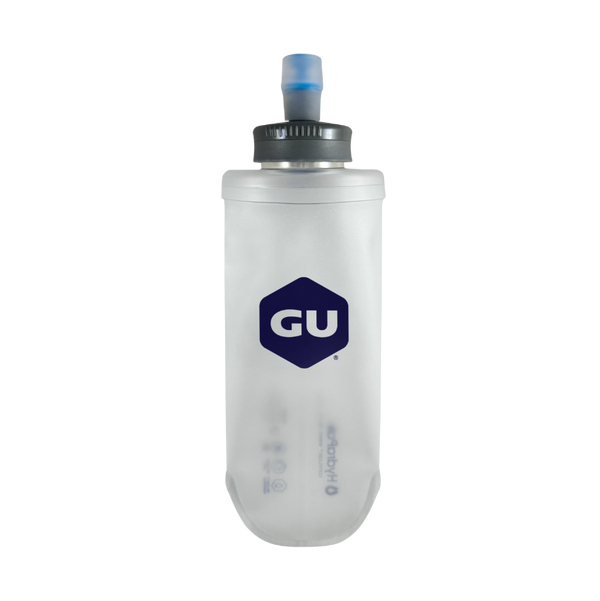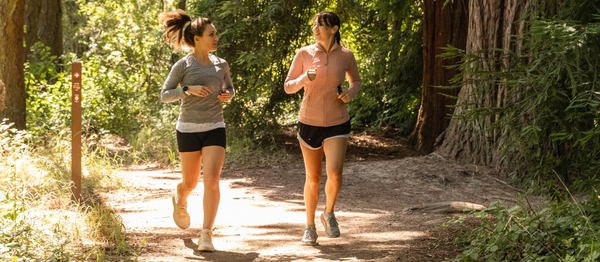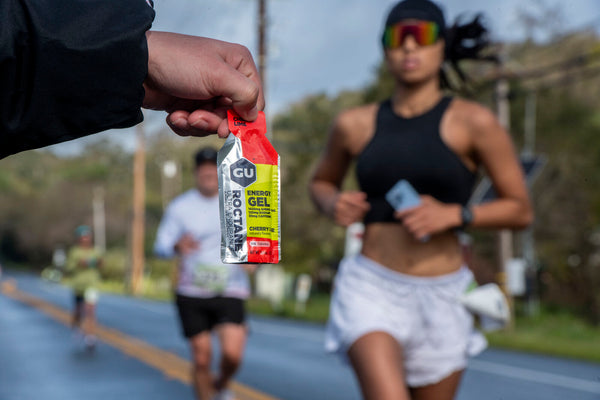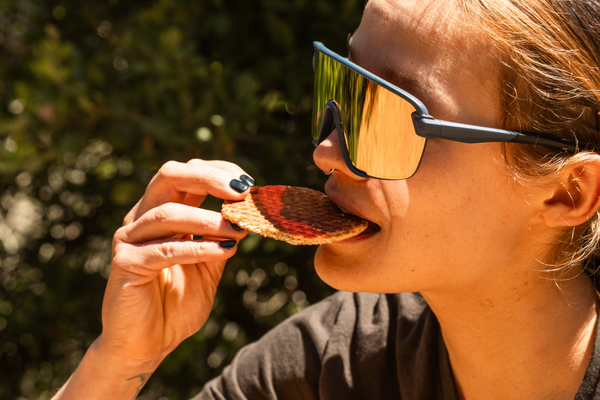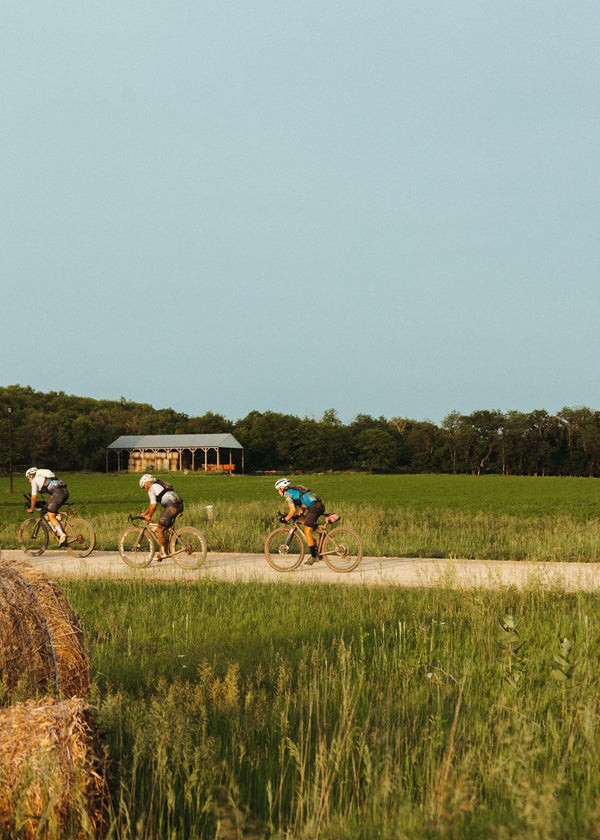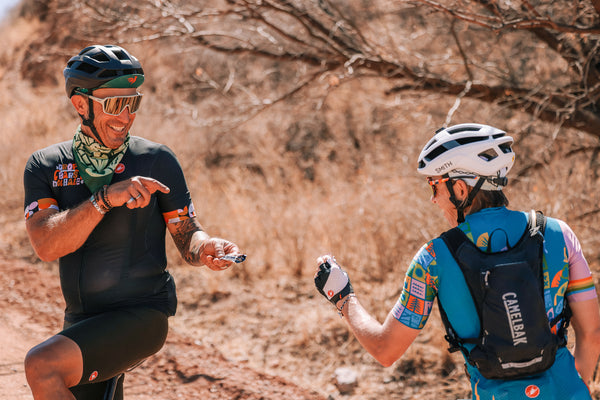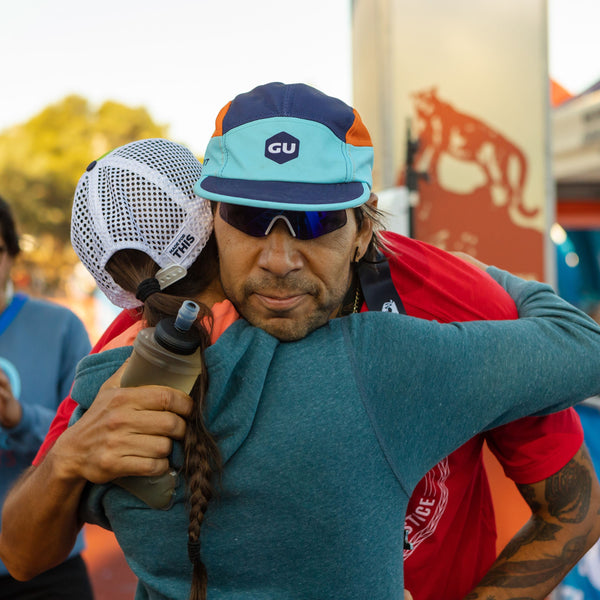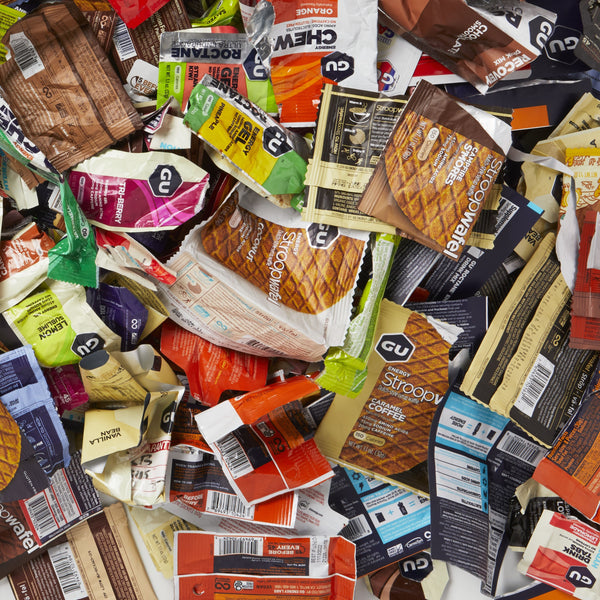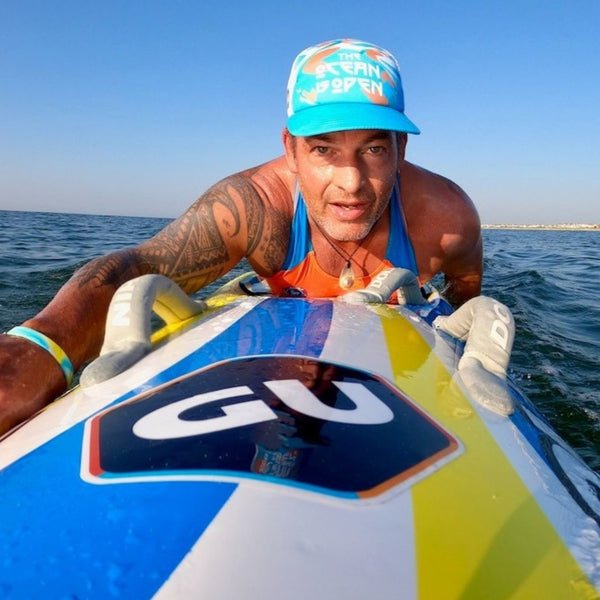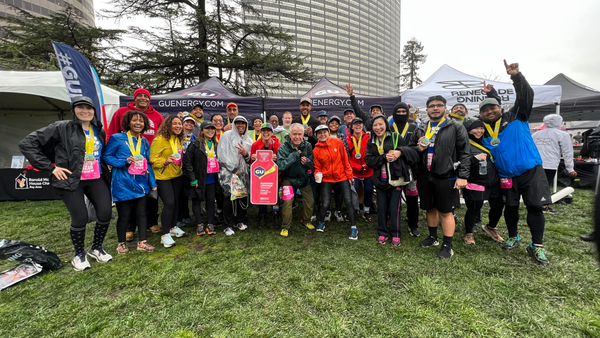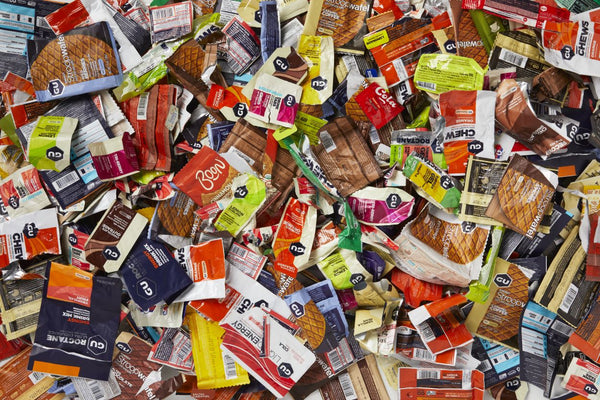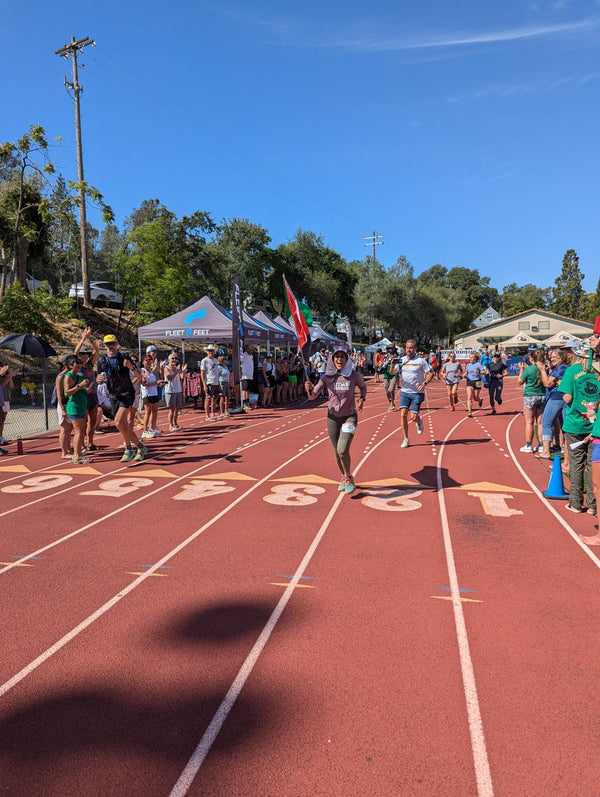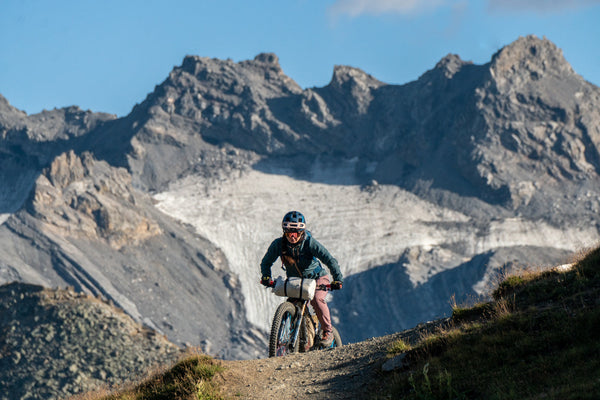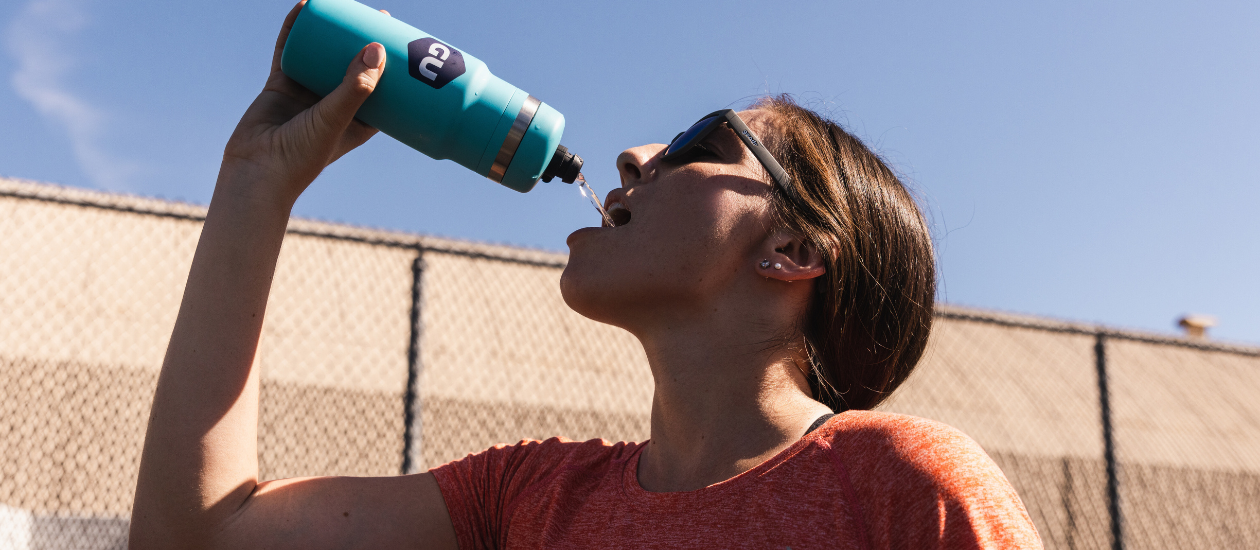Electrolytes are minerals in your body and blood that affect how your body functions, particularly during exercise. When you sweat, you lose electrolytes, specifically sodium (hello, salty sweat!). Athletes should aim to replace 300-800mg of sodium per hour of activity.
Why are electrolytes important and why is it so important to replenish them?
Replenishing electrolytes during exercise helps maintain plasma volume, which is depleted when you sweat. Products with electrolytes like Hydration Drink Tablets help maintain plasma volume over time better than water alone (Anastasiou, 2009). Maintaining hydration with electrolytes will prevent decreases in performance and power output associated with dehydration.
Replenishing electrolytes during activity also helps prevent hyponatremia from over-ingestion of fluids during exercise (Anastasiou, 2009, Twerenbold, 2003). Hyponatremia is a condition that occurs when the level of sodium (electrolytes) in the blood is too low. Consuming electrolytes in a concentrated form such as in an Energy Gel or Roctane Electrolyte Capsule will be most effective at combatting hyponatremia.
Consuming electrolytes, specifically sodium, may also help prevent cramping in some individuals during exercise. Research has shown that individuals who are prone to cramping tend to lose more salt in their sweat compared to athletes who do not cramp (Stofan, 2005), and salt replacement interventions have been successful at preventing cramping in some athletes (Bergeron, 2003).
How do I know how much I’m losing?
Sweat rates and sweat sodium concentration varies from person to person. Experiment with both water and electrolyte intake during exercise to see what works for you in different environments and temperatures!
We lose more electrolytes in the summer heat, and the addition of humidity leads to even more electrolyte loss. However, thermal loads can also be high in the winter and should not be overlooked.
Here’s an easy trick to determine whether or not you are drinking enough by calculating your sweat rate:
- Weigh yourself before you exercise
- Weigh yourself after 1 hour of exercise (towel off any sweat first)
- Record how much you drank during your workout
- Calculate your hourly sweat rate with this formula:
How do I best replace them?
Electrolytes can be consumed in many different forms during exercise. Most think about an electrolyte drink like GU Hydration Tabs, but electrolytes are also found in many sports products and foods, including all GU Gels, Chews, and Waffles! Since sodium is co-transported in the gut with glucose and amino acids, there are benefits to consuming sodium with other calories.
References
- Almond CS, Shin AY, Fortescue EB, Mannix RC, Wypij D, Binstadt BA, Duncan CN, Olson DP, Salerno AE, Newburger JW, and Greenes DS. Hyponatremia among runners in the Boston Marathon. The New England journal of medicine 352: 1550-1556, 2005.
- Casa DJ, Stearns RL, Lopez RM, Ganio MS, McDermott BP, Walker Yeargin S, Yamamoto LM, Mazerolle SM, Roti MW, Armstrong LE, and Maresh CM. Influence of hydration on physiological function and performance during trail running in the heat. J Athl Train 45: 147-156, 2010.
- Daries HN, Noakes TD, and Dennis SC. Effect of fluid intake volume on 2-h running performances in a 25 degrees C environment. Medicine and science in sports and exercise 32: 1783-1789, 2000.
- Ebert TR, Martin DT, Bullock N, Mujika I, Quod MJ, Farthing LA, Burke LM, and Withers RT. Influence of hydration status on thermoregulation and cycling hill climbing. Medicine and science in sports and exercise 39: 323-329, 2007.
- Frizzell RT, Lang GH, Lowance DC, and Lathan SR. Hyponatremia and ultramarathon running. JAMA : the journal of the American Medical Association 255: 772-774, 1986.
- Goulet ED, Rousseau SF, Lamboley CR, Plante GE, and Dionne IJ. Pre-exercise hyperhydration delays dehydration and improves endurance capacity during 2 h of cycling in a temperate climate. J Physiol Anthropol 27: 263-271, 2008.
- Noakes TD, Goodwin N, Rayner BL, Branken T, and Taylor RK. Water intoxication: a possible complication during endurance exercise. Medicine and science in sports and exercise 17: 370-375, 1985.
- Rodriguez NR, Di Marco NM, and Langley S. American College of Sports Medicine position stand. Nutrition and athletic performance. Medicine and science in sports and exercise 41: 709-731, 2009.
- Sawka MN, Burke LM, Eichner ER, Maughan RJ, Montain SJ, and Stachenfeld NS. American College of Sports Medicine position stand. Exercise and fluid replacement. Medicine and science in sports and exercise 39: 377-390, 2007.
- Siegel AJ, d’Hemecourt P, Adner MM, Shirey T, Brown JL, and Lewandrowski KB. Exertional dysnatremia in collapsed marathon runners: a critical role for point-of-care testing to guide appropriate therapy. Am J Clin Pathol 132: 336-340, 2009.

